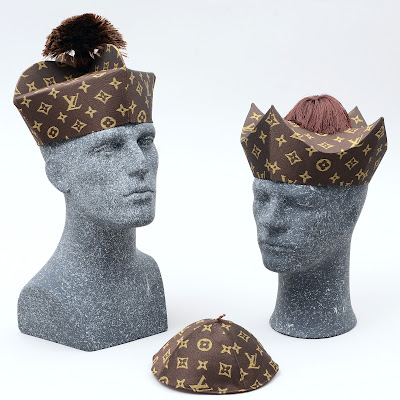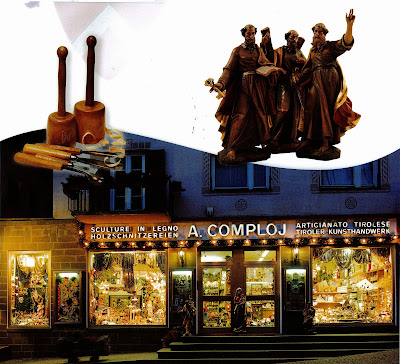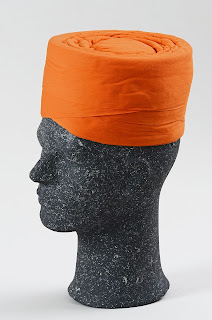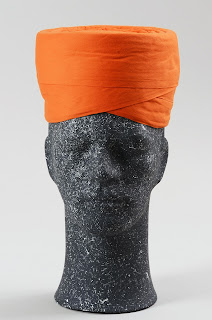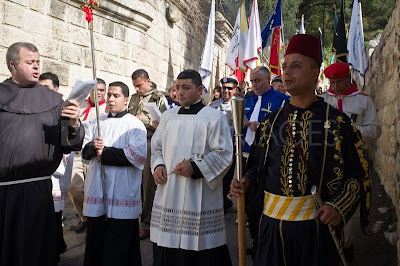On 7th June I visited Mr Beltrán Medrano-Tomás in his shop in Madrid.
In the past I published some article about the wonderful religious hats this very talented craftsman is creating:
He belongs to the best of his profession. Here some impressions:
I never saw such a hughe range of ancient patterns to make birettas, bonetes and soli deo.
Patterns to make birettas
The differences are in the form and dimension of the horns/blades/wings
and the height of the biretta itselfs.
The last pictures shows the pattern of the biretta of Cardinal Enrique Pla y Deniel.
Mr Medrano with me in this workshop
With his talented hands Mr Medrano also makes little hats (miniatures):
Mini bonete
Mini sombrero de teja (cappello romano, saturno)
They can be used as a souvenir or for decoration of statues.
See as well my article:













